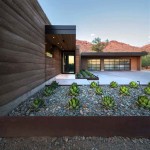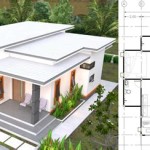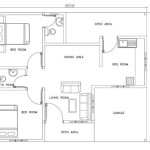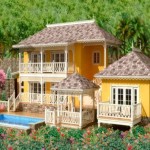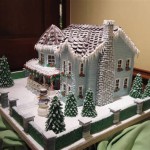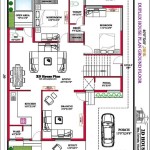Custom Home Plans With Pictures
Building a custom home is a significant undertaking, often representing the culmination of years of planning and saving. A crucial step in this process is the creation of a custom home plan. These plans serve as the blueprint for the entire project, guiding the construction team and ensuring the final result aligns with the homeowner's vision. This article will delve into the importance of custom home plans, highlighting the benefits of incorporating pictures during the design phase.
Custom home plans are meticulously crafted documents that detail every aspect of a new home's construction. They include floor plans, elevations, foundation plans, framing plans, electrical diagrams, plumbing schematics, and other essential details. Unlike pre-drawn or stock plans, custom plans are tailored to the specific needs and preferences of the homeowner and the unique characteristics of the building site.
One of the primary advantages of opting for custom home plans is the flexibility they offer. Homeowners can work closely with architects and designers to create a space that perfectly suits their lifestyle, family size, and desired aesthetic. Whether it's incorporating a home office, designing a gourmet kitchen, or creating an open-concept living area, custom plans allow for maximum personalization.
Pictures play a vital role in the custom home design process. Visual aids, such as 3D renderings, photorealistic images, and virtual tours, allow homeowners to visualize the final product before construction begins. These images can effectively communicate design concepts, spatial relationships, and material choices, leading to a clearer understanding between the homeowner and the design team.
Including pictures in the planning phase can help prevent costly mistakes and revisions later on. For instance, a 3D rendering can reveal potential issues with the layout or flow of a room, allowing for adjustments to be made early in the process. Similarly, visualizing different material finishes, such as flooring, countertops, and cabinetry, through photorealistic images can help homeowners make informed decisions and avoid regrets after construction is complete.
Furthermore, pictures can enhance communication with contractors and builders. Detailed visual representations of the planned structure, including architectural details and specific construction methods, can minimize misunderstandings and ensure everyone is on the same page. This shared understanding reduces the risk of errors during construction and contributes to a smoother, more efficient building process.
Various types of pictures can be incorporated into custom home plans. Floor plans, often presented as 2D drawings, provide a bird's-eye view of the home's layout, showing the arrangement of rooms, walls, doors, and windows. Elevations, depicting the exterior facades of the house, showcase the architectural style and exterior finishes. Cross-sections offer cutaway views, revealing the internal structure of the building, including wall assemblies, roof framing, and foundation details.
More advanced visualizations, such as 3D renderings and virtual tours, provide a more immersive and realistic experience. 3D renderings offer detailed perspectives of the interior and exterior spaces, allowing homeowners to explore the home from various angles. Virtual tours take this a step further, enabling homeowners to "walk through" the home virtually, experiencing the space and flow firsthand.
When selecting an architect or designer for a custom home project, it's essential to consider their experience and proficiency in using visual aids. Look for professionals who embrace technology and can provide high-quality 3D renderings, photorealistic images, and virtual tours. Reviewing their portfolio and seeking testimonials from previous clients can offer valuable insights into their capabilities and communication style.
In addition to working with professionals, homeowners can utilize online tools and software to visualize their custom home plans. Several user-friendly platforms allow homeowners to create their own basic floor plans and experiment with different design ideas. These tools can be a valuable resource for exploring initial concepts and refining design preferences before engaging with architects or designers.
The cost of custom home plans varies depending on several factors, including the complexity of the design, the size of the home, and the location of the project. Generally, custom plans represent a small percentage of the overall construction cost, typically ranging from 2% to 15%. While the upfront investment may seem significant, the long-term benefits of a well-designed, personalized home far outweigh the initial cost.
In conclusion, incorporating pictures into custom home plans is a crucial step towards achieving a successful building project. Visual aids enhance communication, facilitate informed decision-making, and minimize the risk of errors. By investing in high-quality visuals and collaborating closely with architects and designers, homeowners can ensure their dream home becomes a reality.

Custom Home Plans Milback Homes

House Plans Custom Home Dfd

Altaira House Plan Custom Home Plans Sater Design Collection
Custom Floor Plans Making Your Home Uniquely Yours Lake City Homes

Ocala Fl Custom Home Designs Drafting

Custom Floor Plans From Bennett Homes Construction

Custom Home Plans Milback Homes

Unique House Luxury Home Plans In Atlanta Georgia Custom Design Boye Designs Beautiful

Find Your Perfect Home Design Nw

Floor Plans Build On Your Lot Custom Home Builder New Construction House Modern


